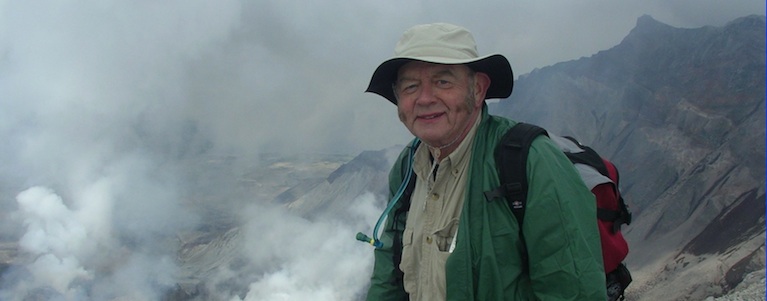Reopen June 1?
I signed the Paycheck Protection loan application for the Shopper with our bank, promising to repay $900 per month–which the Shopper can’t afford–beginning Nov. 1. Provided we keep paying employees the loan will be forgiven by Nov. 1. Presumably most business owners did the same.
The money we’re borrowing will allow us to pay our employees for two and a half months, presumably applying to half of March plus April and May, while we have little income because many fewer businesses are advertising. The Shopper total cost is about $13,000 per month, mostly for payroll and printing. We are well along toward enabling all employees to do much of their work from home with expensive new laptops and unexpectedly challenging cloud file sharing. As media or communication, we are essential, so continuing publish-ing and distributing even though doing so involves extra risk to ourselves.
For us and most businesses, the two and a half month loan is al-lowing us to continue through March, April and May. After June 1 we presume (Hint Hint) we will again have income from our business advertisers.
So we must look forward to businesses being back open somewhat normally after about June 1.
To me, reopening about June 1 is reasonable.
The reasons for the shutdown has been not to protect ourselves, but rather:
a) to prevent hospitals from being overloaded, i.e. flatten the curve, and
b) to protect our much more vulnerable beloved elderly and poor-health family and friends.
In reopening June 1, we won’t increase hospitalizations or fatalities much for the following reasons.
1) We’ve all learned separation and sanitation of surfaces. Most of us are covering our faces though this probably should soon be required temporarily by law for about a year until the vaccine is available. These practices have successfully flattened the curve, greatly reduced hospitalizations and fatalities. For our own safety and now out of habit, all Americans will continue these practices through and far beyond June 1 including in our business-es and employment.
2) We must strongly encourage the elderly and those with obesity, heart, lung, kidney or cancer disease to voluntarily continue shutdown practices. With most of them being retired, doing so is somewhat natural and will not seriously disrupt their lives. Studies have found that 89% of hospitalizations for COVID involved one or more of these diseases, and 79% of COVID fatalities are over 65. Thus ,with persons elderly or with those with diseases continuing shutdown practices, we eliminate probably 95% of hospitalizations and fatalities.
